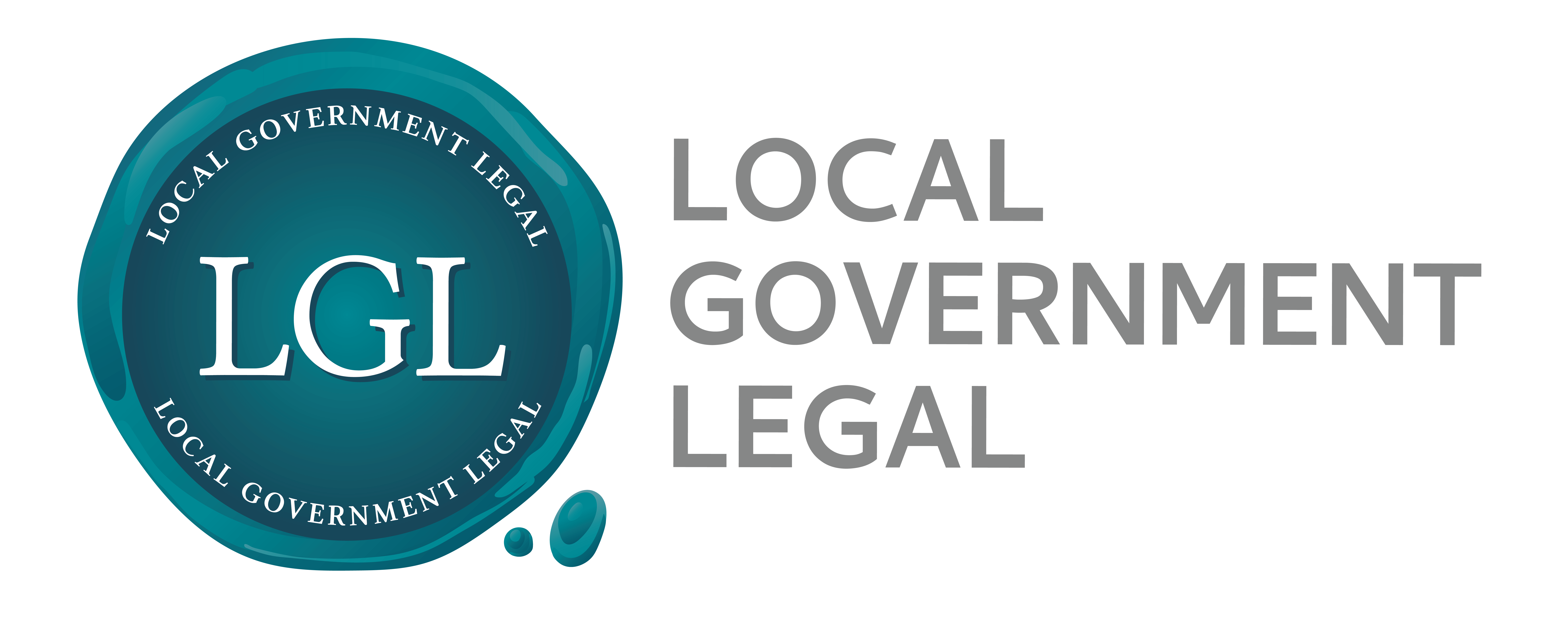On 17 July 2014 the Government repealed the suite of legislation that imposed the Carbon Pricing Mechanism (CPM) (ie the carbon ‘tax’). This has several implications for local councils.
Liability under the CPM
Under the CPM, landfill facilities that emitted the prescribed threshold of 25,000 or more of carbon dioxide equivalent (CO2e) greenhouse gas emissions are liable to pay a carbon price for methane emitted in the financial year 2013-14. This liability includes emissions derived from waste deposited in the 2012-2013 financial year. This liability must be acquitted by February 2015.
There is now no liability under the CPM for financial year 2014-15.
NGERS
The situation in relation to the obligations of local councils to register and report under the National Greenhouse and Energy Reporting Scheme (NGERS) has returned to its pre-CPM position. That is, local councils in NSW are generally not considered to be “constitutional corporations” and therefore not subject to the NGERS. Local councils who were required to register and report because they were a “liability entity” under the CPM legislation are now no longer required to do so. Councils may need to seek individual legal advice in relation to whether a council landfill operator is a ‘constitutional corporation’. It is however open to a local council to voluntarily continue reporting under NGERS.
ACCC powers
The ACCC has been given new powers to take action against certain entities (essentially energy retailers) that engage in price exploitation for one year following the repeal of the CPM. While these powers do not apply to landfill operators, they may be included in these provisions in the future by the Minister. The repeal legislation also expressly prohibits false or misleading representations made by a business in relation to the effect of the CPM or its repeal on prices. However, this law does not actually dictate the pass-through of costs savings associated with the CPM repeal.
Waste management charges collected as a ‘carbon reserve’
Since the commencement of the CPM, many NSW councils have set their waste management charges to account for anticipated future carbon liability (ie a carbon reserve). As a result of the repeal of the CPM, some liable landfills will have revenue collected to fund a future CPM liability that now no longer applies.
The CPM repeal legislation is silent as to the fate of such a ‘carbon reserve’ so there is not likely to be any consistency in the waste industry in relation to how carbon reserve funds are dealt with. While landfills that have contracted customers may, depending on the terms of each contract, find it difficult to avoid paying some kind of refund, it will be virtually impossible to provide a refund to cash customers.
Emissions reduction fund
At the time of writing, the Government’s Bill to implement the Emissions Reduction Fund (ERF) is before the Senate. The ERF, the centrepiece of the Government’s Direction Action policy, proposes to build on, and transition, the Carbon Farming Initiative (CFI) by expanding the range of activities that can generate credits to a broader range of activities.
The proposed legislation also includes transitional provisions in relation to existing CFI waste and landfill gas projects. Three methods are being developed based on existing methods under the CFI to cover:
- landfill gas capture and flaring and/or electricity generation
- alternative waste treatment facilities, and
- methane capture at waste water facilities, including abattoirs and chemical processing facilities.The Emissions Reduction Fund will feature two types of emissions reduction methods:
- If passed by Parliament, there are significant opportunities for local councils to participate in the ERF. The ERF acknowledges that local councils and state and territory governments have substantial experience in delivering energy efficiency programmes and states that the Australian Government will work with state, territory and local governments to build on this expertise and achieve additional emissions reductions.
- activity methods for specific emissions reduction actions, and
- facility methods that can aggregate emissions reductions from multiple activities at large facilities for which data are reported under the NGERS.
Note: This information is not to be relied upon as legal advice.
